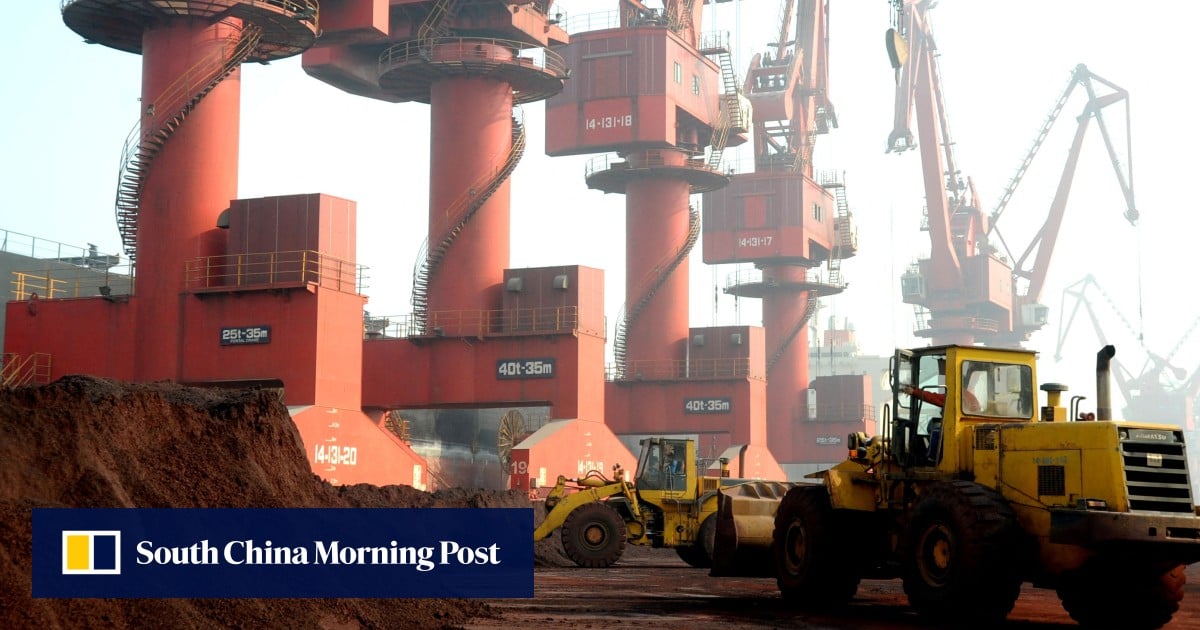National security and economic resilience
The core reason for the tariff is national security. The U.S. government’s own assessment found that America’s increasing reliance on foreign copper, now accounting for about 45% of domestic consumption, up from virtually zero in 1991, poses a direct threat to defense, infrastructure, and emerging technologies. Trump’s executive order and subsequent statements highlight several vulnerabilities:
- Copper is the second most used material by the Department of Defense, critical for ammunition, aircraft, ships, radar, missile defense, hypersonic weapons, and more.
- It is essential for semiconductors, data centers, lithium-ion batteries, and advanced electronics, the backbone of both military and civilian innovation.
- The U.S., despite ample reserves, lags in smelting and refining capacity. China now controls over 50% of global copper smelting and refining, and four of the world’s five largest refineries, giving it enormous leverage over global supply chains.
- The risk of foreign market manipulation or export restrictions could severely disrupt U.S. defense and industrial needs.
Trump’s move is designed to force investment back into domestic mining and refining, aiming to restore American self-sufficiency and reduce exposure to geopolitical shocks.
Why copper? The metal of the 21st century
Copper’s importance is surging because it is indispensable to the 21st-century economy:
- Electrification and Clean Energy: Copper is the foundation for electric vehicles, renewable power infrastructure, and grid modernization. Every electric vehicle uses up to four times more copper than a gasoline car. Solar and wind installations are copper-intensive, and the global push for decarbonization is driving demand to record highs.
- Digital Revolution: Semiconductors, data centers, and telecommunications all rely on copper’s unparalleled electrical conductivity.
- Defense and Security: Beyond its civilian uses, copper is vital for advanced weapons systems, communications, and surveillance infrastructure.
Global copper prices have soared, up 38% this year alone. This reflects both stockpiling ahead of the tariff and the broader recognition that copper is the “new oil” for the digital and green economies.
Downplaying China
The tariff is also a response to China’s dominance in copper processing and concerns that adversarial control over critical materials could be weaponized. The U.S. is not alone: Europe, Japan, and other advanced economies are all scrambling to secure reliable supplies of copper and other strategic minerals.
Is copper set to dominate?
All evidence points to yes. As the world transitions to electrification, digitalization, and advanced defense technologies, copper’s role will only grow. Analysts and policymakers now see copper as a strategic resource on par with oil in the 20th century—a metal that will underpin economic power, technological leadership, and national security for decades to come.
Trump’s tariff is a dramatic signal that the global race for copper, and the industries it enables, has begun in earnest. The U.S. is betting that control over copper will be as decisive in the 21st century as control over oil was in the last.


